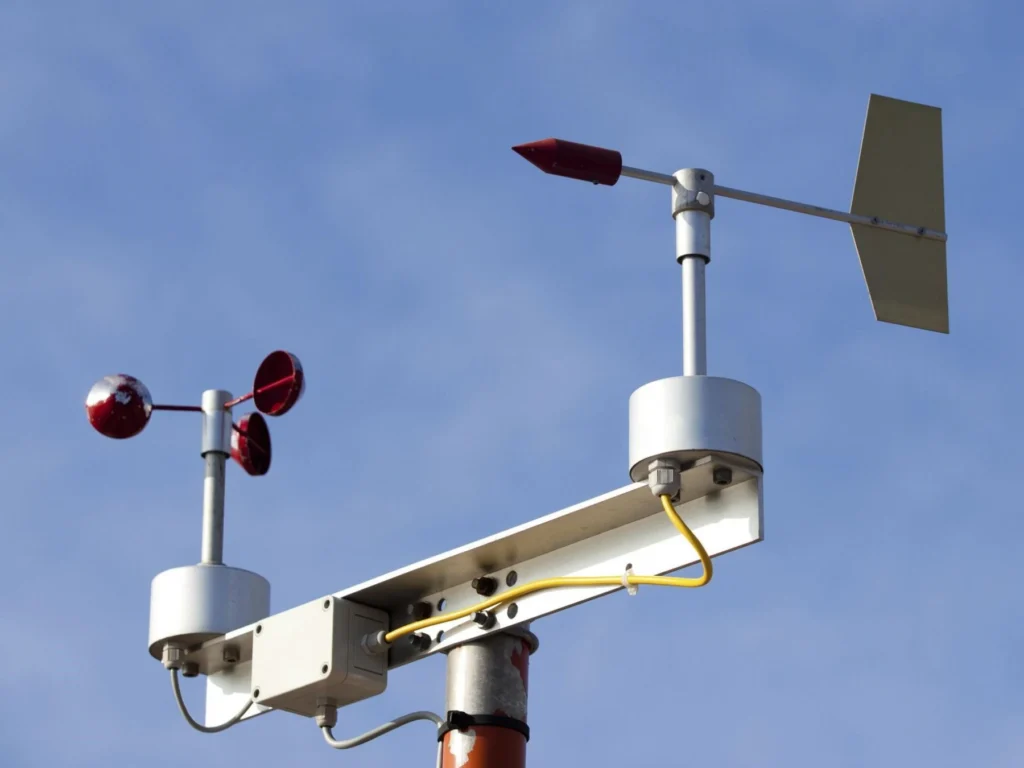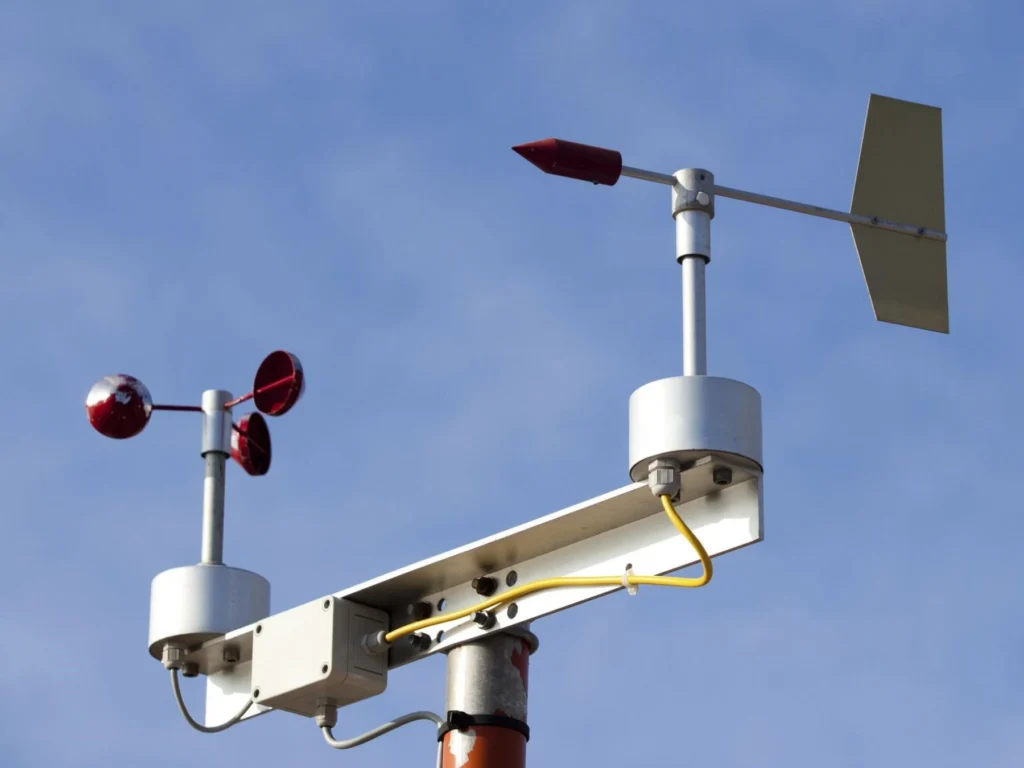
# Wind Measuring Instrument: Essential Tools for Accurate Wind Assessment
Wind measuring instruments are indispensable tools for accurately assessing wind conditions in various applications. From meteorology to renewable energy, these devices provide critical data that helps professionals make informed decisions. In this article, we will explore the importance of wind measuring instruments, their types, and their applications.
## Why Wind Measuring Instruments Matter
Wind is a dynamic and unpredictable force of nature. Understanding its speed, direction, and patterns is essential for numerous industries. For instance, in meteorology, accurate wind data is crucial for weather forecasting and climate studies. In the renewable energy sector, wind turbines rely on precise wind measurements to optimize energy production. Additionally, construction projects, aviation, and even sports like sailing depend on reliable wind assessments to ensure safety and efficiency.
## Types of Wind Measuring Instruments
There are several types of wind measuring instruments, each designed for specific purposes. Here are some of the most common ones:
### Anemometers
Anemometers are the most widely used wind measuring instruments. They measure wind speed and are available in various designs, including cup, vane, and sonic anemometers. Cup anemometers, for example, use rotating cups to capture wind speed, while sonic anemometers use ultrasonic sound waves to measure wind velocity.
### Wind Vanes
Wind vanes, also known as weather vanes, are used to determine wind direction. They typically consist of a rotating arrow or fin that aligns itself with the wind. Wind vanes are often paired with anemometers to provide comprehensive wind data.
### Wind Socks
Wind socks are simple yet effective tools for visualizing wind direction and speed. Commonly used at airports, these conical fabric tubes indicate wind direction by aligning with the wind and provide a rough estimate of wind speed based on their angle and movement.
### Lidar and Sodar Systems
For more advanced applications, Lidar (Light Detection and Ranging) and Sodar (Sound Detection and Ranging) systems are used. These remote sensing technologies provide detailed wind profiles by measuring the reflection of light or sound waves off atmospheric particles. They are particularly useful in wind energy assessments and atmospheric research.
## Applications of Wind Measuring Instruments
Wind measuring instruments are utilized in a wide range of fields. Here are some key applications:
### Meteorology and Climate Studies
Accurate wind data is essential for weather forecasting, climate modeling, and understanding atmospheric dynamics. Wind measuring instruments help meteorologists track weather patterns, predict storms, and study long-term climate trends.
### Renewable Energy
In the renewable energy sector, wind turbines rely on precise wind measurements to determine optimal locations and operational parameters. Wind measuring instruments help assess wind resources, ensuring efficient energy production and maximizing the return on investment for wind farms.
### Aviation and Maritime
Wind conditions significantly impact aviation and maritime operations. Pilots and ship captains use wind data to plan safe routes, avoid turbulence, and optimize fuel consumption. Wind measuring instruments are critical for ensuring the safety and efficiency of air and sea travel.
### Construction and Engineering
In construction and engineering projects, wind measurements are essential for assessing structural loads and ensuring the stability of buildings, bridges, and other structures. Wind measuring instruments help engineers design structures that can withstand extreme wind conditions.
## Conclusion
Wind measuring instruments are vital tools for accurately assessing wind conditions across various industries. From simple wind socks to advanced Lidar systems, these devices provide the data needed to make informed decisions, enhance safety, and optimize performance. Whether you’re a meteorologist, an engineer, or a renewable energy professional, understanding and utilizing wind measuring instruments is key to achieving your goals.
Keyword: wind measuring instrument
